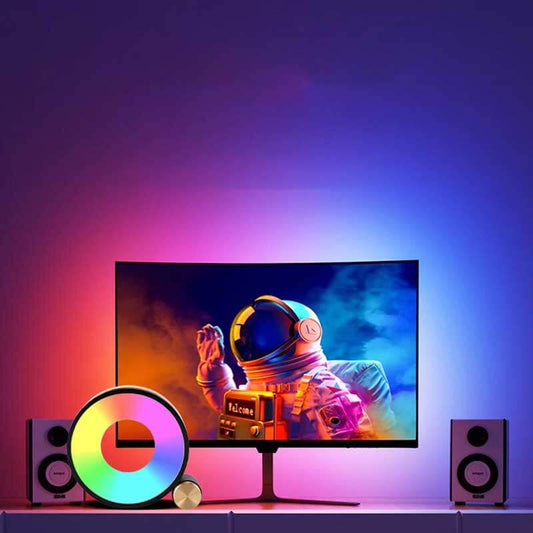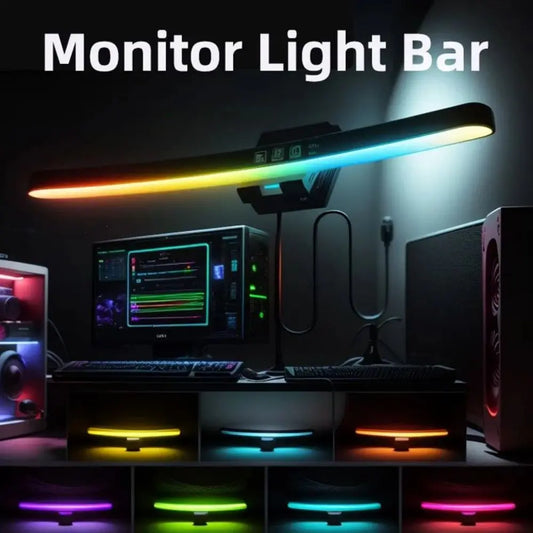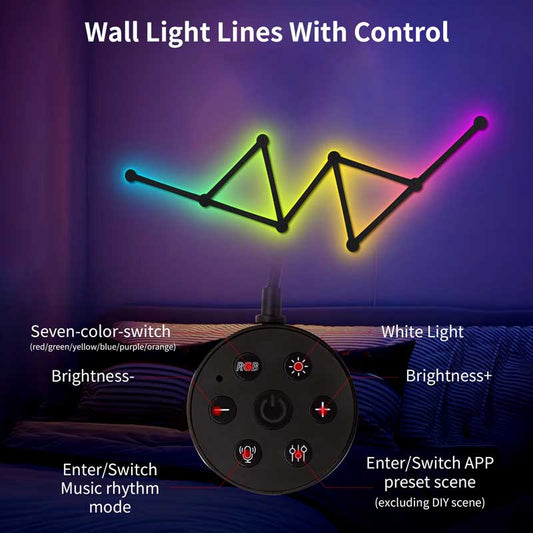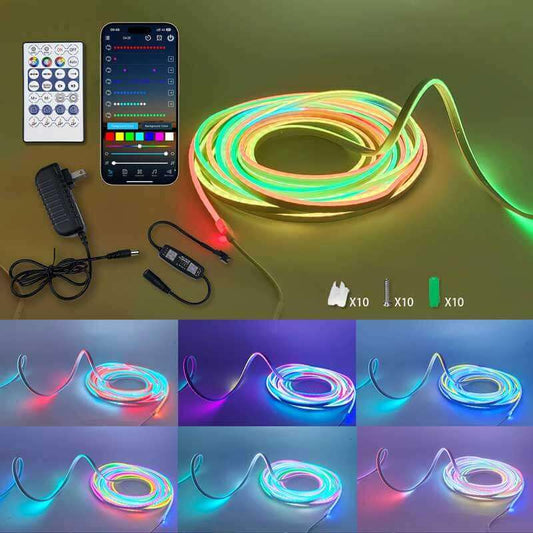Do monitors have less input lag than TVs?
Share
In general, monitors tend to have less input lag than TVs, which makes them the preferred choice for competitive gaming and scenarios where low latency is crucial. Let’s explore the reasons why and break down the factors that contribute to input lag in monitors and TVs.
What Is Input Lag?
Input lag refers to the delay between pressing a button (or moving a mouse, or using a controller) and seeing the corresponding action on the screen. This delay can be especially noticeable in fast-paced games where timing and precision matter, such as first-person shooters, fighting games, and racing games.
Low input lag is important because higher input lag can result in a noticeable delay between your action and its visual response, negatively impacting gameplay, especially in competitive environments.
Monitors vs. TVs: Why Monitors Have Less Input Lag
-
Display Technology and Purpose:
- Monitors are designed for tasks like productivity, gaming, and professional use, where low latency and fast response times are critical. Many monitors are optimized to handle fast-paced gaming and interactive applications with minimal input lag.
- TVs, on the other hand, are primarily designed for movie watching, television shows, and casual entertainment, where picture quality (such as resolution, color accuracy, and motion handling) takes precedence over input lag.
-
Refresh Rates:
- Monitors, especially gaming monitors, support high refresh rates (e.g., 120Hz, 144Hz, 240Hz or even 360Hz), which are typically designed for low input lag. The higher the refresh rate, the more frames the screen can refresh per second, reducing the perceived input lag.
- TVs often have lower refresh rates (e.g., 60Hz, 120Hz), and motion smoothing technologies used in TVs can sometimes introduce additional latency, making them less ideal for gaming.
-
Input Processing:
- TVs generally have more advanced image processing features, such as upscaling, motion smoothing, and frame interpolation, which can add latency. These features are great for movies and shows but can introduce input lag when gaming.
- Monitors tend to prioritize direct display with minimal processing, so they usually have lower input lag because they don’t need to process the signal as much. This is especially true for gaming monitors that are designed to minimize latency.
-
Game Mode / Low Latency Mode:
- Many modern TVs have a Game Mode that reduces input lag by bypassing some of the image processing (such as motion smoothing and post-processing). However, even with Game Mode enabled, TVs generally still have slightly higher input lag compared to monitors.
- Monitors tend to have built-in low-latency features, especially gaming monitors, which are designed with reduced input lag in mind. These monitors often have “Fast Mode” or “Low Latency” modes that ensure minimal processing delay.
-
HDMI Input vs. DisplayPort:
- Most monitors use DisplayPort or HDMI (in high-refresh rate versions), both of which tend to have lower latency for gaming. HDMI 2.1, found in many newer TVs, also supports higher refresh rates, but still, DisplayPort generally offers more direct data transfer with lower latency for gaming monitors.
- TVs tend to have HDMI ports with additional features that can introduce lag, especially with older versions of HDMI (e.g., HDMI 1.4 or 2.0).
Why Do Monitors Have Less Input Lag?
-
Direct Rendering: Monitors are designed to display content directly from the source with minimal processing. This allows for quicker response to input from the device.
-
Less Processing Power Required: Monitors generally don’t need to upscale content or apply advanced video processing to the extent that TVs do, meaning they can deliver a faster response to input.
-
Focus on Gaming: Many gaming monitors are specifically designed to reduce input lag, with refresh rates up to 240Hz or even 360Hz, and built-in low-latency features.
-
Faster Pixel Response: Gaming monitors often have faster pixel response times, which also contributes to reducing the perceived input lag.
How Much Input Lag Do TVs Have vs. Monitors?
-
Monitors: High-end gaming monitors typically have input lag around 1ms to 10ms (depending on refresh rate, response time, and processing).
- For example, a 144Hz gaming monitor can have an input lag as low as 1ms when optimized for gaming.
-
TVs: Most standard TVs can have input lag anywhere from 20ms to 100ms, with higher-end gaming TVs having reduced input lag in the 20ms to 30ms range, especially with Game Mode enabled.
- Some high-end 4K OLED TVs like the LG CX or Sony A8H can get down to 10ms to 13ms in Game Mode, which is relatively low for a TV but still higher than a gaming monitor.
Where to Buy and What to Look For
If you're considering whether to buy a TV or monitor for gaming, here are a few things to keep in mind:
-
For Competitive Gaming (e.g., FPS, fighting games):
- Monitors are generally better for low input lag, high refresh rates, and fast response times. Look for gaming monitors with 1ms response time and 144Hz or higher refresh rates.
- Top Picks: ASUS ROG Swift PG259QN, Acer Predator X27, and Samsung Odyssey G7.
- You can find these monitors on Amazon, Best Buy, and specialty retailers like Newegg or B&H Photo.
-
For Casual Gaming / TV Entertainment (e.g., RPGs, movies):
- If you're playing casually or prefer a larger screen, a TV with Game Mode and a refresh rate of at least 120Hz can still provide a good experience. Look for low input lag models like the LG CX OLED or Samsung QLED TVs.
- You can purchase these from Amazon, Best Buy, or Costco.
Conclusion: Monitors vs. TVs for Input Lag
-
Monitors generally have less input lag than TVs, especially in the context of gaming. If you're looking for the lowest input lag for competitive gaming, monitors are the better option, particularly those optimized for gaming with 1ms response time and high refresh rates (144Hz or higher).
-
TVs, while they can have low input lag when using Game Mode, are still typically slower than monitors, though they can be a great choice for casual gaming and media consumption with larger screens.
For competitive gaming, prioritize monitors, but for more immersive, larger-scale experiences or casual gaming, a TV with low input lag will still provide a satisfying experience.
Further Information:
- You can find more detailed monitor reviews and TV input lag comparisons on sites like RTINGS.com, Tom’s Hardware, and Digital Foundry.
- For gaming monitors, check Amazon and Best Buy for options with low input lag and high refresh rates.




